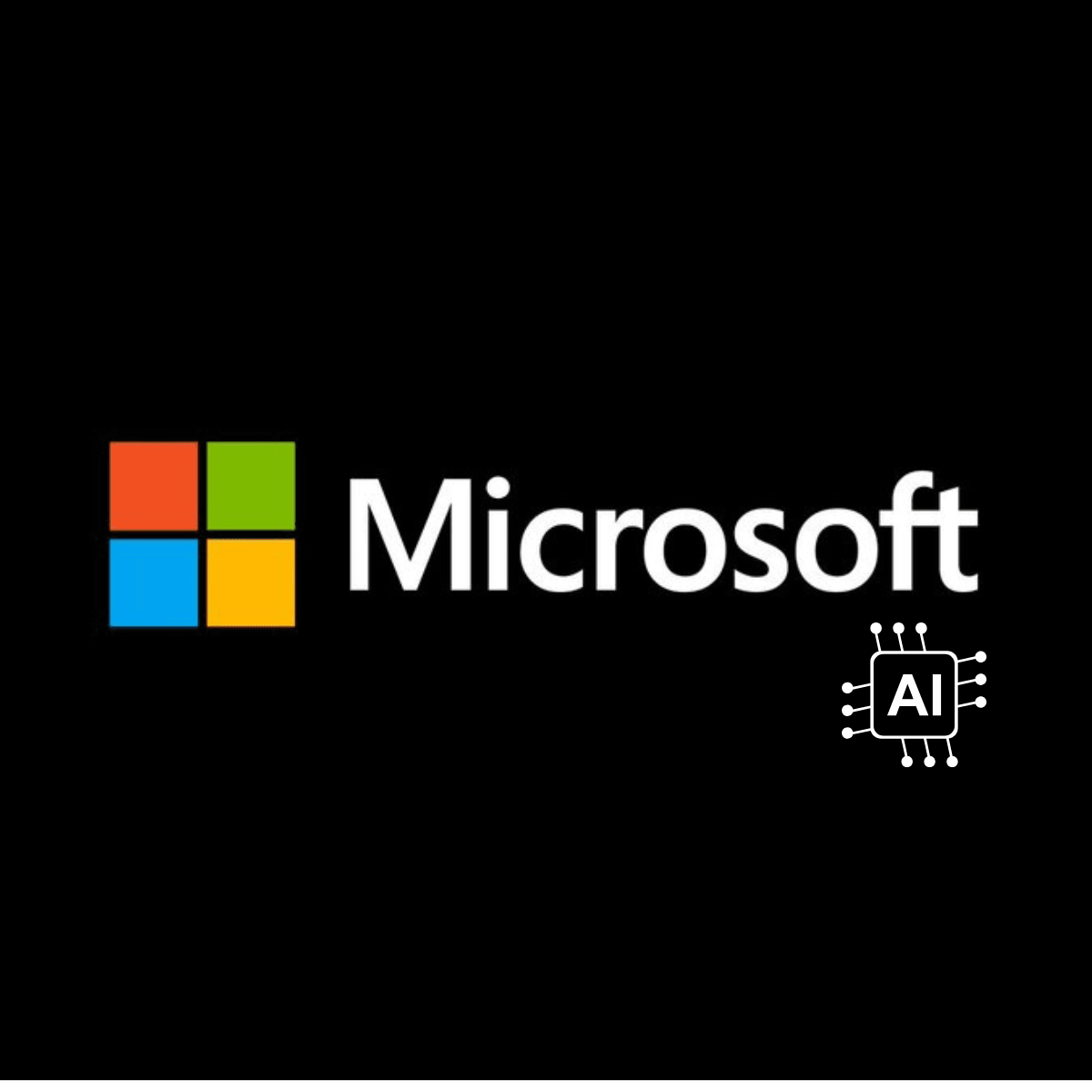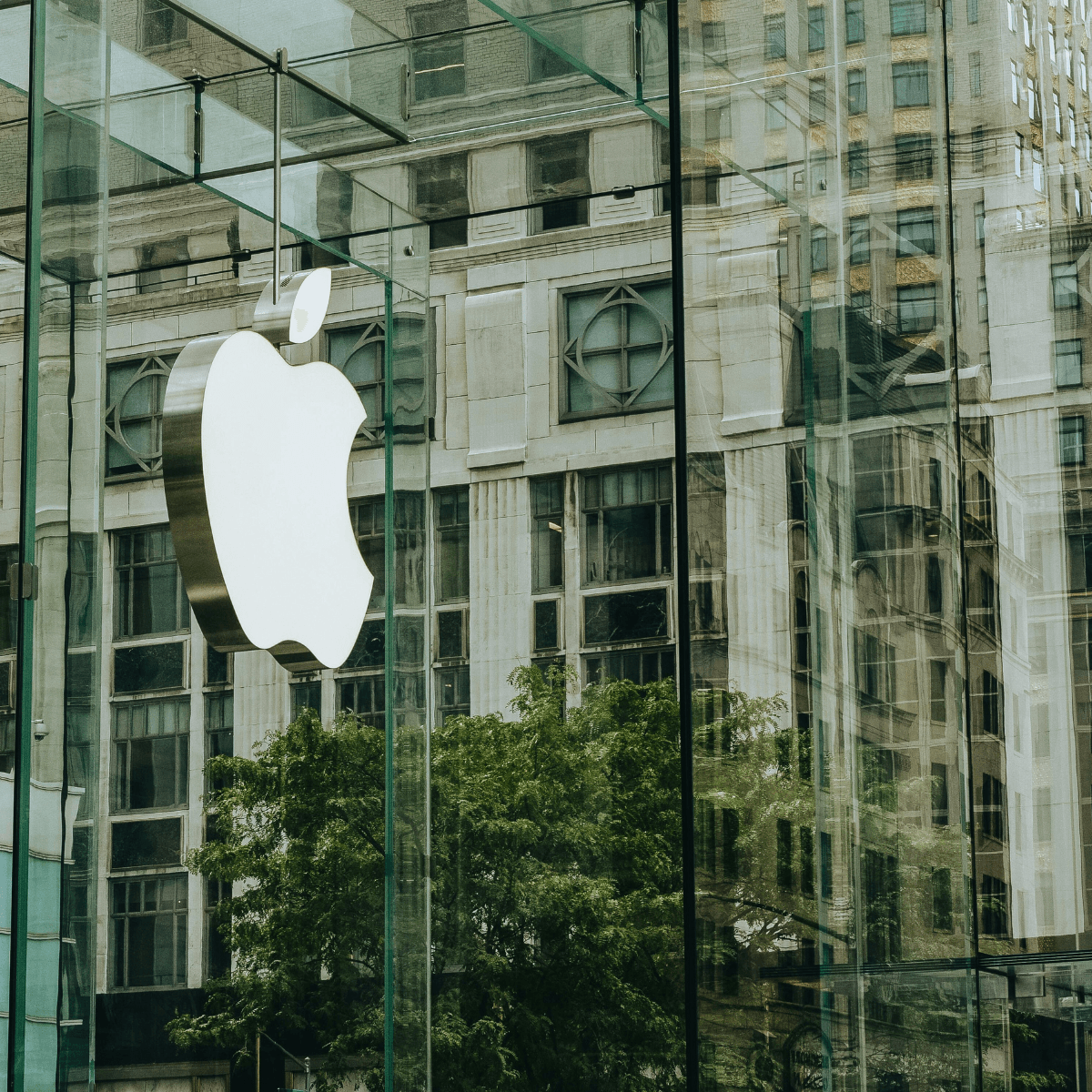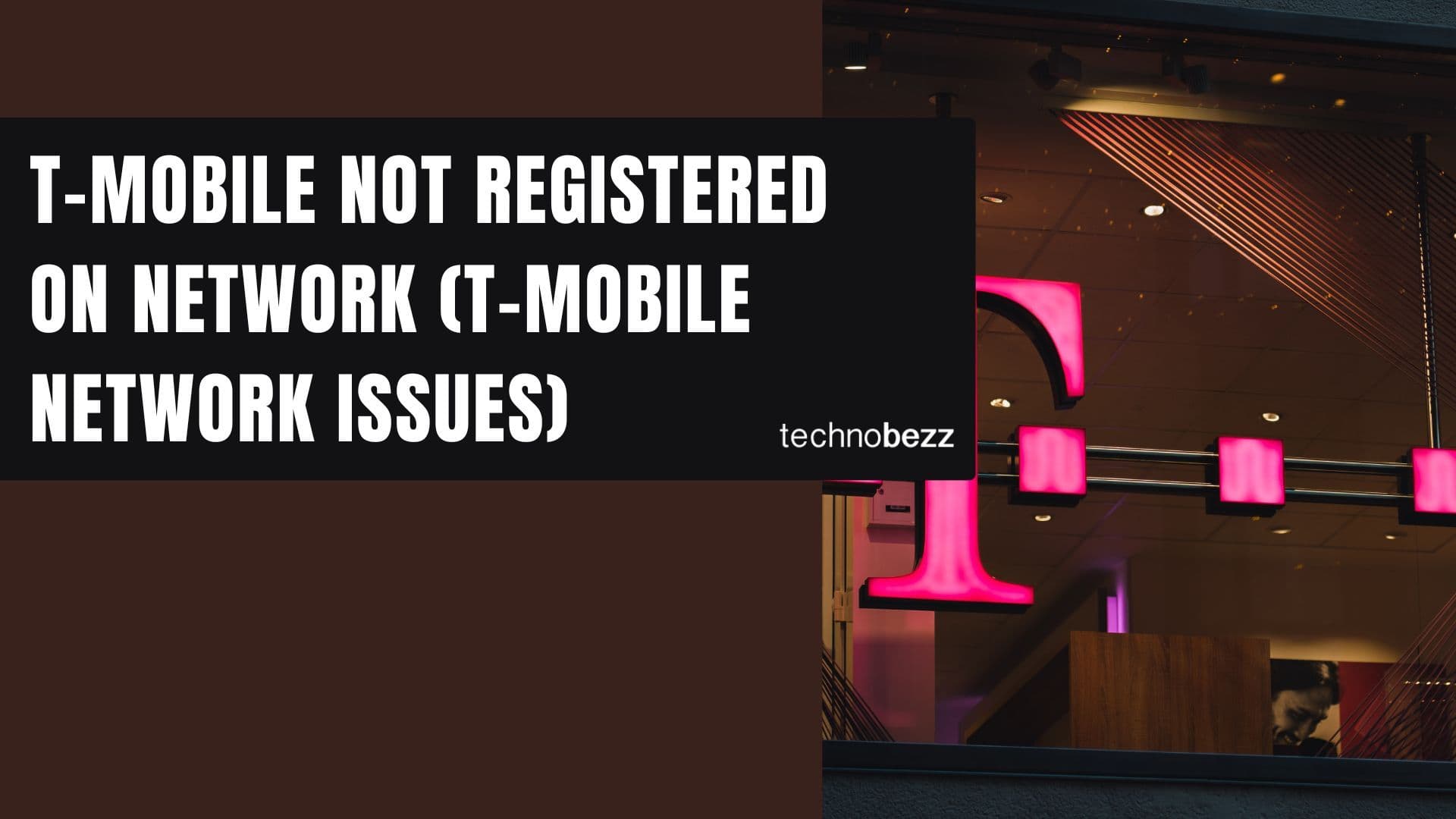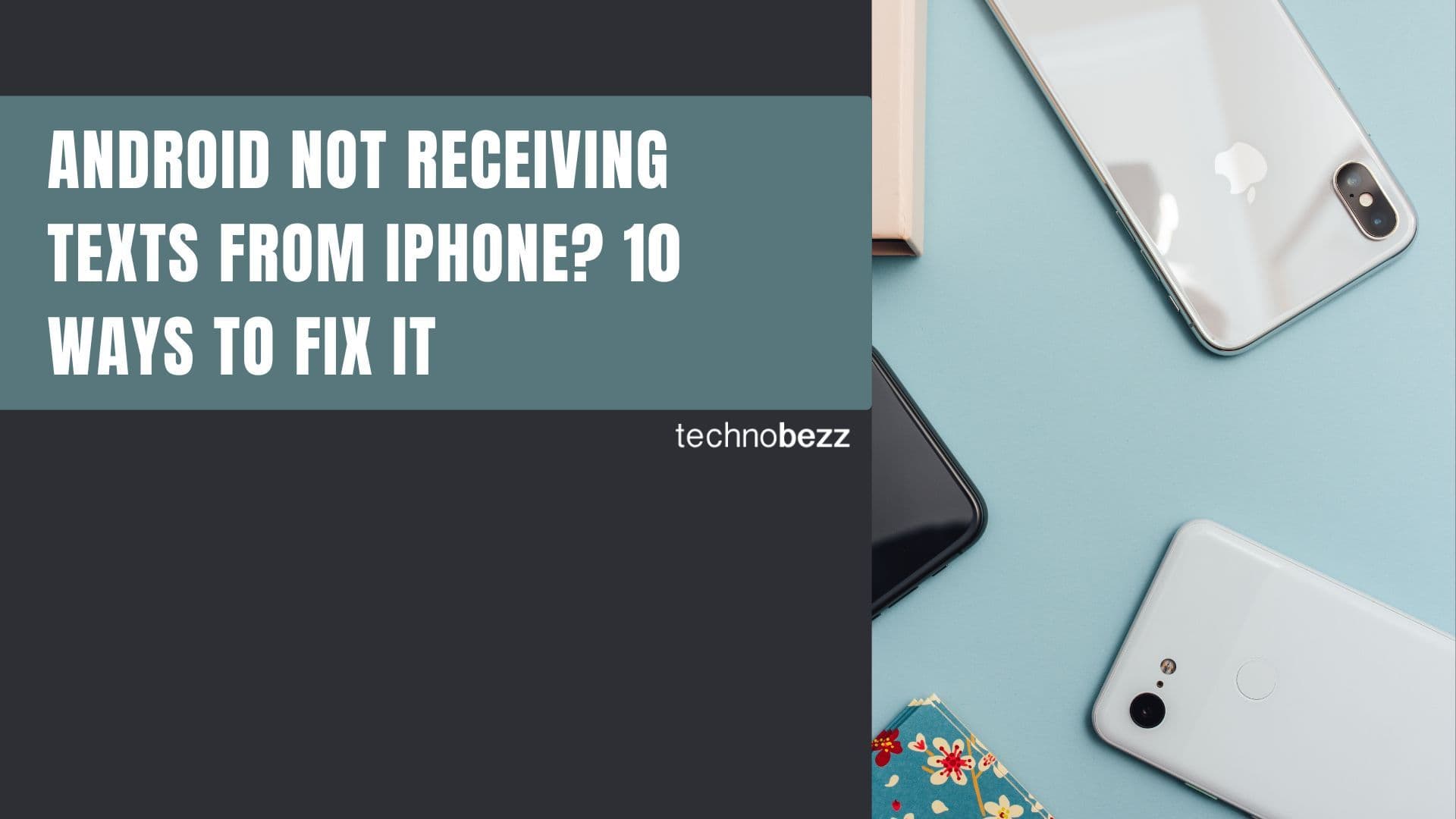VisionSys AI Inc just learned the hard way that Wall Street isn't quite ready for corporate crypto treasuries. The Nasdaq-listed AI company saw its stock plunge by as much as 50–60% on Tuesday after announcing plans to create a $2 billion Solana-focused digital asset treasury, sending shockwaves through both the tech and crypto sectors.
You can also set us as a preferred source in Google Search/News by clicking the button.
The company, which focuses on brain-machine interaction and advanced AI, revealed through its subsidiary Medintel Technology Inc. that it had partnered with Marinade Finance to launch what it called a "digital asset treasury" (DAT) - essentially a corporate treasury holding cryptocurrency instead of traditional cash or commodities. The ambitious plan calls for acquiring and staking $500 million in SOL tokens within the next six months as the first phase of the $2 billion initiative.
Here's the thing: investors absolutely hated it. VisionSys AI's stock (VSA) crashed from its opening price to as low as $1.26 within hours of the market opening on October 1, marking one of the most dramatic single-day declines in recent memory for a publicly traded AI company. The stock did manage a partial recovery later in the day, climbing back to around $2.24, but the damage was already done.
VisionSys AI CEO Heng Wang described the partnership as "a once-in-a-generation opportunity to integrate digital assets into our corporate DNA," adding that the company planned to combine its proprietary AI algorithms with Solana's high-performance blockchain to explore "next-generation intelligent DeFi solutions and tokenomics models."
Meanwhile, Marinade Finance's head of institutional growth, Scott Gralnick, called the partnership "a perfect fit," noting VisionSys's position as "a leader in AI solutions for blockchains."
The irony here is pretty thick. While VisionSys AI's stock was getting hammered, Solana's native token SOL actually gained more than 5% in the same 24-hour period, trading around $219.86 according to Kraken's price feed. SOL, which operates on a proof-of-stake consensus mechanism, is currently the world's sixth-largest cryptocurrency with a market cap of approximately $120 billion.
This isn't the first time we've seen tech stocks react violently to crypto announcements, but the sheer magnitude of this sell-off suggests investors remain deeply skeptical about public companies diving headfirst into cryptocurrency treasury strategies. The market's reaction highlights the ongoing tension between traditional corporate governance expectations and the emerging world of digital assets.
What's particularly interesting is that this comes at a time when AI stocks have already been under pressure. Earlier this year, the emergence of Chinese AI company DeepSeek sent shockwaves through the sector, with Nvidia experiencing record single-day market cap losses as investors questioned the sustainability of massive AI infrastructure spending.
The VisionSys AI situation raises broader questions about how public companies should approach cryptocurrency investments. While some corporations have successfully integrated Bitcoin into their treasuries, the move into more complex crypto strategies like staking and DeFi partnerships appears to be a bridge too far for many traditional investors.
As the dust settles, the big question becomes whether this represents a temporary market overreaction or a fundamental rejection of corporate crypto treasury strategies. For now, VisionSys AI's dramatic stock plunge serves as a stark reminder that when it comes to mixing traditional public markets with cryptocurrency ambitions, investors can be brutally unforgiving.
If you enjoyed this guide, follow us for more.













